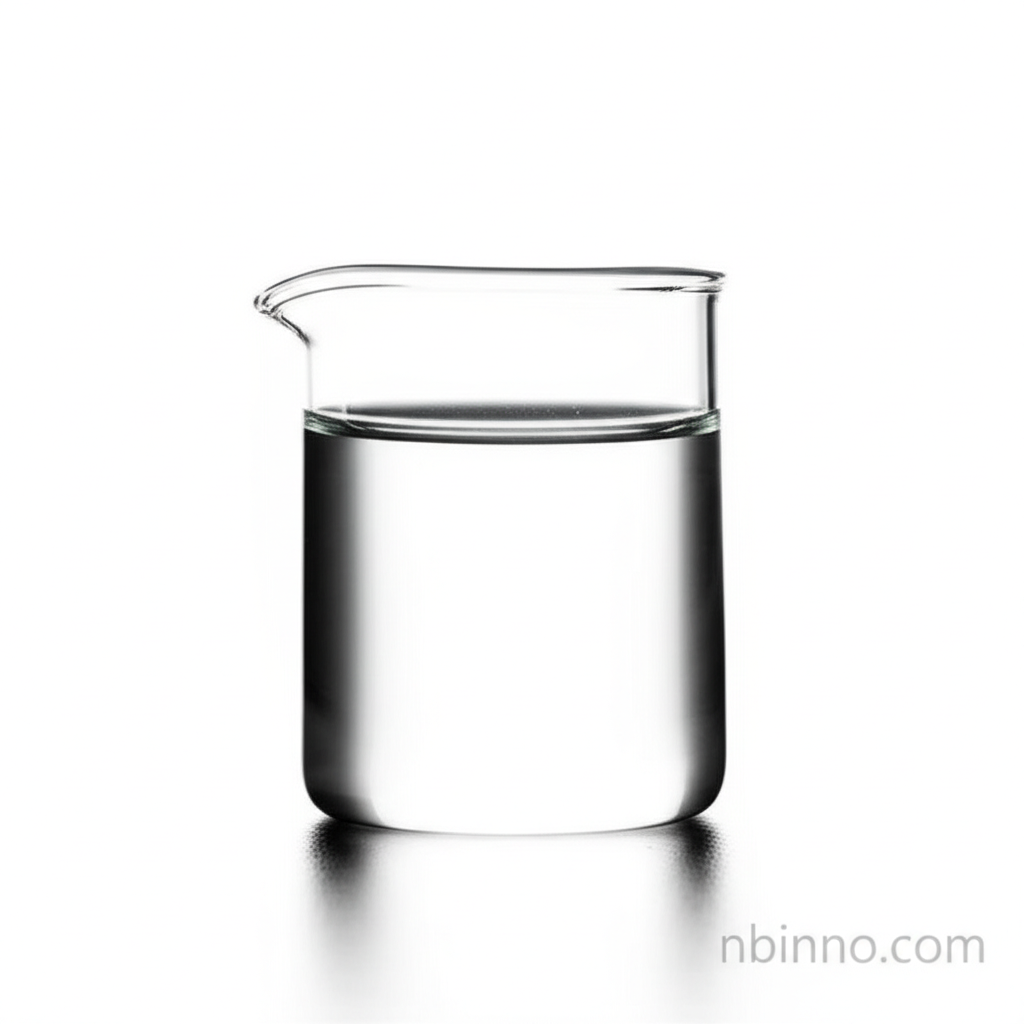High Purity Propylene Glycol (99.5%): Versatile Applications
Explore the extensive uses of high-purity Propylene Glycol across cosmetics, medicine, food, and industrial sectors.
Get a Quote & SampleProduct Core Value

Propylene Glycol
Propylene Glycol (99.5%) is a highly versatile chemical compound valued for its moisturizing, solvent, and plasticizing properties. Its mildness makes it ideal for sensitive applications.
- Discover the benefits of 99.5% propylene glycol as a superior humectant in skincare formulations.
- Learn how propylene glycol acts as a crucial solvent and controlled release agent in pharmaceutical preparations.
- Understand the role of food humectant propylene glycol in enhancing the texture and shelf-life of various food products.
- Explore the use of coating plasticizer propylene glycol to improve the performance and durability of paints and coatings.
Key Advantages of Propylene Glycol
Exceptional Purity
With a purity of 99.5%, this propylene glycol ensures consistent performance and reliability in all your formulations, meeting stringent industry standards.
Broad Spectrum Application
The industrial uses of propylene glycol are vast, spanning from personal care products to advanced industrial materials, making it a staple in many manufacturing processes.
Enhanced Product Formulation
Utilize this versatile chemical to improve the texture, stability, and efficacy of your products, whether in the food, cosmetic, or pharmaceutical sector.
Key Applications
Cosmetics & Personal Care
As a cosmetic moisturizer, propylene glycol provides excellent hydration and acts as an emulsifier, contributing to the smooth texture of lotions and creams.
Pharmaceuticals
Its role as a medical solvent and excipient is critical for drug delivery systems and topical formulations, ensuring effective treatment and patient comfort.
Food Industry
The food humectant properties of propylene glycol are vital for maintaining moisture in products like cakes and ice cream, while also acting as a stabilizer.
Coatings and Resins
In the coatings sector, it functions as a plasticizer, influencing viscosity and enhancing the overall application and durability of paints.
